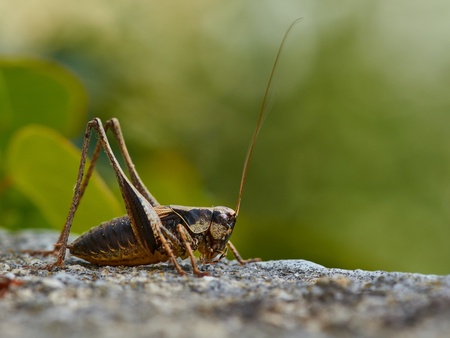Insect species which are closely related and eat a similar balance of nutrients in their diet live longer than those that don't, according to new research from the University of Aberdeen.
The study, the first of its kind in comparative precision nutrition, looked at how the balance of protein and carbohydrate needed for long life was shared across nine insect species, including crickets, termites and flies.
While the research didn’t find a single nutrient balance associated with longer life, it suggests that the optimal nutritional ratio has evolved non-independently across species and that those which belong to similar groups of organisms - such as different species of flies - also share more similar nutritional needs.
“We know that animals often need to regulate their nutrient intakes to optimise health, but we still lack a proper understanding of how specific nutrients and their balance influence traits such as lifespan across multiple species,” said researcher Dr Juliano Morimoto of the Institute of Mathematics at the University’s School of Natural and Computing Sciences.
“Different animals have different nutritional needs. This appears obvious at a coarse level since animals feed on different food types, but how nutritional needs differ among species remains an open question as previous studies have shown that nutrient-specific needs are not always evident from the food type of a species.”
The study also found differences in the nutritional needs for longer lives between males and females, but that these differences could also be shared among closely related species.
“This suggests that differences between males and females in terms of nutritional needs may evolve within some constraints, which creates the potential for a ‘tug-of-war’ over the best balance of nutrients that is optimal for one sex or another,” added Dr Morimoto.
“This could lead to long-term conflict between sexes that shape their physiology and behaviour or, alternatively, lead to the evolution of adaptations that allow both sexes to achieve their optimal nutrition. We just don’t know at this stage, but it is an exciting avenue for upcoming research.”
The study, which has been published in the leading journal Aging Cell this month could eventually help develop new and improved models for personalised nutrition for animals and humans, which take into account not only genetics and lifestyle, but also relationship between species or even, at a more granular level, populations.
The research was funded through a grant from the Biotechnology and Biological Sciences Research Council.


